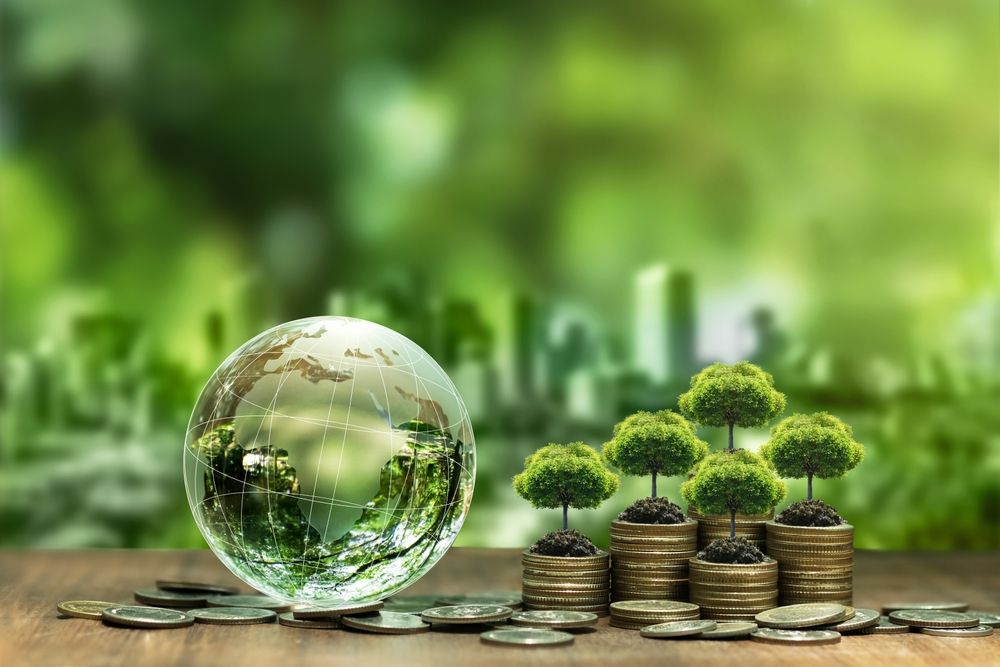
In recent years, the world has witnessed a significant shift in the way we think about the environment and our impact on it. As climate change becomes an increasingly pressing concern, individuals, businesses, and governments are searching for ways to mitigate their environmental footprint. One of the most innovative and promising solutions to this challenge is the rise of green loans – a financial product designed specifically to support eco-friendly projects. In this article, we’ll delve into what green loans are, why they’re gaining popularity, and how they’re helping to finance a more sustainable future.
What Are Green Loans?
Green loans are a type of financing specifically earmarked for projects that have a positive impact on the environment. These loans are designed to encourage businesses and consumers alike to make more eco-conscious choices. Unlike traditional loans, green loans often come with certain benefits for borrowers, such as lower interest rates or favorable terms, as an incentive to pursue environmentally friendly projects.
To qualify for a green loan, the project in question typically needs to meet specific environmental criteria or standards, which can vary by lender. These criteria ensure that the funds are used for their intended purpose – to support sustainability and environmental conservation. Examples of projects that might be financed with green loans include the installation of solar panels, energy-efficient building renovations, or the development of sustainable agriculture practices.
The Benefits of Green Financing
Green financing is not just good for the planet – it’s also good for the wallet. By investing in eco-friendly projects, businesses can often reduce their operational costs in the long run through savings on energy and resources. Additionally, companies that demonstrate a commitment to sustainability can strengthen their brand image and appeal to a growing demographic of environmentally conscious consumers.
Moreover, green loans can also carry financial incentives that make them particularly attractive. Lenders might offer more competitive interest rates or relaxed lending criteria for projects that have a clear environmental benefit. These financial perks can make green loans a smart choice for anyone looking to invest in sustainable practices.
The Growth of the Green Loan Market
The green loan market has been growing exponentially, driven by increased environmental awareness and the demand for sustainable investment opportunities. As more financial institutions recognize the importance of supporting environmentally friendly initiatives, the number of green loan products available has surged.
This growth is also fueled by international agreements and national policies aimed at combating climate change. The Paris Agreement, for example, has pushed many countries to implement strategies that reduce carbon emissions, which in turn has led to an increased demand for green finance. As a result, the market for green loans is not only expanding but also diversifying, with a wide range of products now available to suit different types of projects and borrowers.
Challenges and Considerations in Green Lending
While the green loan market is burgeoning, there are still challenges and considerations to be mindful of. One of the primary concerns is the need for standardized criteria to define what constitutes a ‘green’ project. Without universal standards, there is a risk of “greenwashing,” where projects are marketed as environmentally friendly without having a substantial positive impact on the environment.
Furthermore, assessing the environmental impact of a project can be complex, requiring expertise in both finance and sustainability. Lenders must develop robust frameworks to evaluate the green credentials of each project accurately. This ensures that the funds are directed toward genuinely sustainable initiatives.
Despite these challenges, the potential of green loans to contribute to a more sustainable future is clear. As the market matures, we can expect to see more sophisticated mechanisms for assessing and promoting genuine green projects.
The Future of Green Financing
Looking ahead, the trajectory of green loans is set to rise as the world continues to grapple with environmental issues. Innovations in financial products are likely to emerge, offering more tailored solutions for a diverse range of sustainable projects. For instance, green bonds, which are similar to green loans but are used to raise capital for environmental projects through the debt capital market, are already gaining traction.
In addition, as technology advances, we may see the development of platforms that make it easier for investors to connect with green projects in need of funding. This could democratize green financing, allowing individuals to invest in sustainability initiatives that resonate with them, no matter the scale.
The rise of green loans marks a significant step forward in the collective effort to combat climate change. By providing the necessary capital to fund eco-friendly projects, green loans are not only a smart financial choice but also an investment in the health of our planet. As awareness and demand for sustainable practices grow, green financing will undoubtedly play a pivotal role in shaping a greener, more sustainable future. Whether you are a business owner considering an eco-friendly renovation, an entrepreneur planning a sustainable startup, or an individual looking to reduce your carbon footprint, green loans offer a pathway to align your financial goals with your environmental values.
